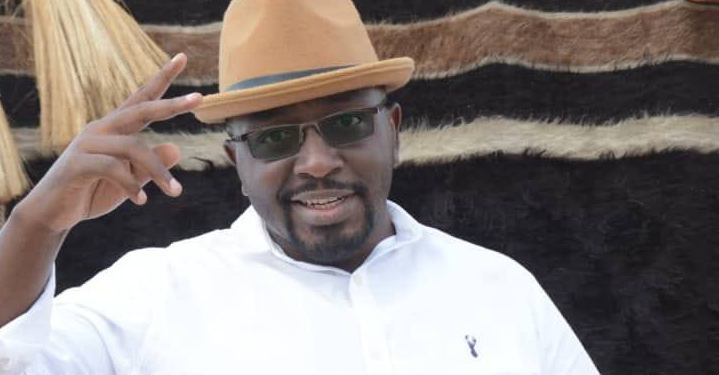By THE OBSERVER UG
A former Mbarara University of Science and Technology (MUST) biochemist Sir Khoi Khoi is exploring possibilities of creating “artificial clouds” to induce rain in drought-hit areas.
Khoi Khoi hopes that with that technology, he can help hard-hit farmers in specific areas receive rain for watering crops. He thinks that the science of cloud condensation or ice nuclei can be part of the solution when farmers are affected by climate change. He says he has invented cloud ice nuclei under the Cloud Condensation project where they are trying to come up with a climate change mitigation intervention.
PREVIOUS WORKS
While still working at MUST, he invented an application known as Khoinology to be used in bridging the language barriers between health workers and patients. The application reportedly had 95 per cent accuracy in decoding five languages including Luganda, Runyankole, English, Swahili, and Chinese. This time around, he is spreading his innovation appetite in the area of weather and climate science.
“I will not stop innovating or coming up with new things because it is important for Africa and the whole of the world,” said Khoi Khoi.
He said they have embarked on weather modification using the cloud seeding technique to improve a cloud’s ability to produce rain or snow by introducing tiny ice nuclei into certain types of subfreezing clouds.
Khoi Khoi told URN that their research has matured beyond laboratory observation. He says during his first trial in December of last year, Mbarara city received light rain of up to 2–4 mm (0.07–0.15 in) of precipitation.
Cloud seeding technique is becoming a hotly debated matter in some countries where it has been tried. Skeptics have expressed fear that it could lead to more disasters including widespread floods. Khoi Khoi said despite the successful use of cloud seeding, researchers are yet to determine the optimal amount of ice nuclei to be released into the atmosphere.
Furthermore, the seeded cloud can act like a magnet, attracting clouds from other regions, which may then receive inadequate rainfall. This, Khoi Khoi says is the challenge and South Korean University has been contacted to collaborate on the project.
“One of the disadvantages is that we have not come to the conclusion on how much or the amount of nuclei we’re supposed release in the sky or how much we are supposed to seed. Because if you seed a lot more than what the sky expects or what the cloud expects, you may find that can cause disasters like floods, tsunamis etc. And also, since it is like magnets, the nuclei, they can attract clouds from all over the region and you find other regions and countries don’t have rain and for you you’re receiving rain. So it is also a challenge that we’re going to embark on, the amount of nuclei that we’re supposed to seed,” said Khoi Khoi.
He says a team of students and environmentalists from South Korea University will arrive in Uganda in April this year with expectations of the project’s first trial to be conducted in October 2024 and during the trial, they are optimistic about forming 2.9 million millimetres of rain. When cloud ice nuclei are released into the sky, they attract vapour and when they grow, that chemistry attracts rain.
“So if in the space there is no vapour, there is no nuclei we cannot have rain. So this is very important for Africa and the whole world at large. I wish the Ugandan government and all organizations should come out and support us in this cause” said Khoi Khoi.
“This is the first of its kind in Uganda, cloud seeding and this is a project we have been working on for the last one year and a half. And we have managed to come up with cloud condensation nuclei which can be released in the space so that we can have rain. People who would wish to understand what ice nucleis are, ice nucleis are the last particles that form rain in the sky. So when these nuclei are released through the sky, what they do is they attract the vapour and they grow and after growing that chemistry creates rain for us,” added Khoi Khoi.
He said that unlike in other countries where researchers are using silver iodide in cloud seeding, he and his team of researchers have opted to use a more friendly method using sea salt and dust.







Discussion about this post